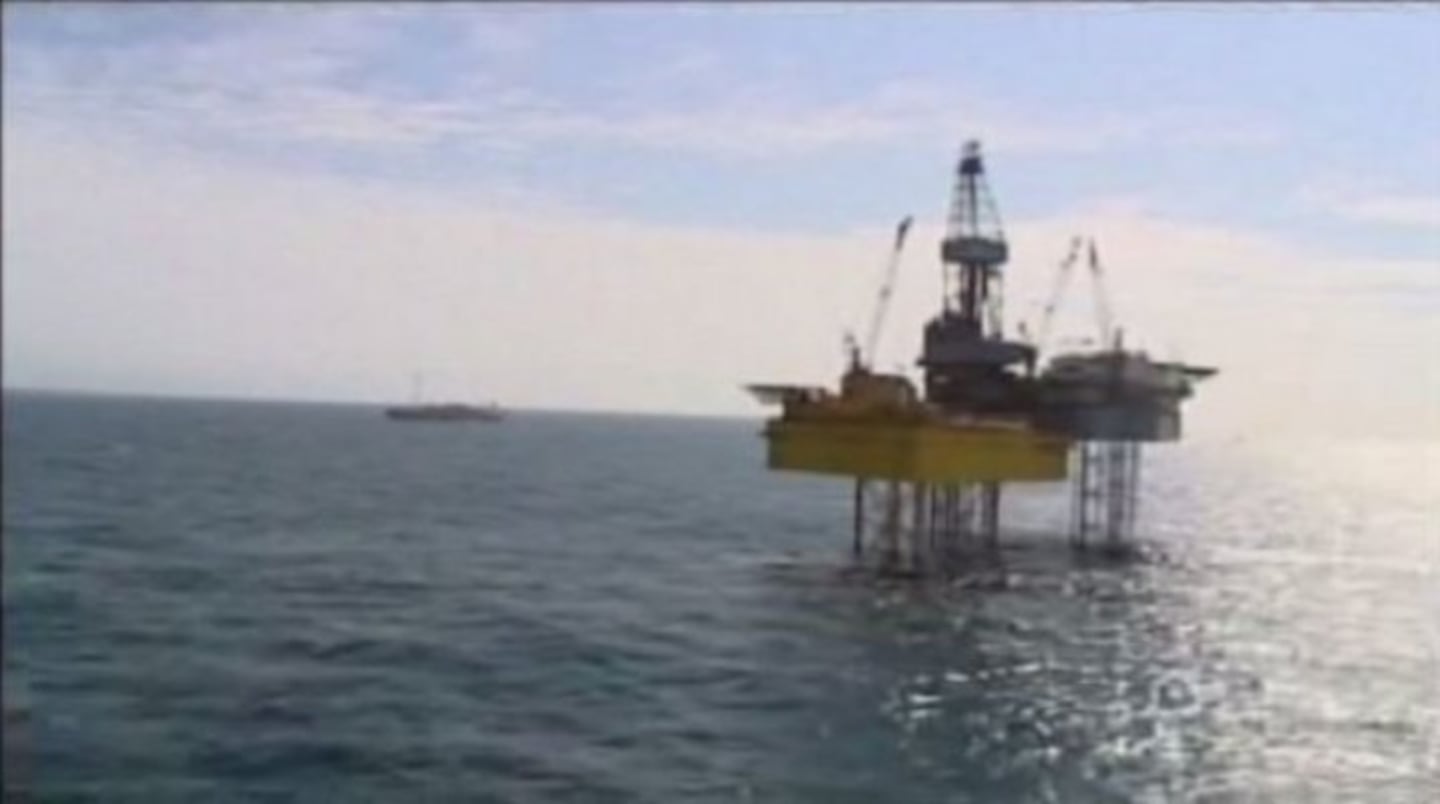This article was first published by RNZ.
Offshore wind companies have told the government the industry is not compatible with seabed mining in the Taranaki Bight.
Trans-Tasman Resources (TTR) wants to extract iron, titanium and vanadium from the seafloor off the coast of Patea for up to 35 years.
It holds a mining permit in the Exclusive Economic Zone - which it is seeking to extend - and exploring the fast-tracking consenting process.
TTR chairman Alan Eggers agreed the two activities could not operate simultaneously in the same place, but he could see no reason why offshore wind could not follow in a timely fashion once seabed mining was complete.
“Seabed mining and offshore wind can be compatible in a broad area, but right on top of an area that we’ve spent many years and a lot of investment identifying that’s not compatible in the short-term.
“However, in the medium-term, once we’ve been through and harvested the mineral on the seafloor, it’s possible they could establish windfarms following it.”
The offshore wind energy sector has identified the same area as having New Zealand’s best development potential.
BlueFloat Energy, Elemental Group, Taranaki Offshore Partnership, Sumitomo Corporation and Parkwind have sent a briefing paper to government ministers likely to be involved in the fast-track process saying the two industries were incompatible.
“A seabed mining project is expected to significantly disrupt the seabed floor, up to a depth of 11 metres. Offshore wind turbines and electrical cables could not be constructed in the same location as an active seabed mining operation, resulting in the unavailability of that zone for offshore wind generation for the duration of mining activities,” the paper said.
It could delay the development of offshore wind until at least the 2070s.
“Seabed mining will result in uneven seabed conditions for an extended period after the conclusion of mining activities, during which time the seabed will resettle. This period of consolidation is expected to be many years or even decades.
“Even after an extended period of resettling, significantly more expensive foundations and equipment will be required in order to build offshore wind in that area in the future, resulting in higher electricity prices.”
Approving seabed mining would likely spook investors, they said.
Eggers, who was still digesting the briefing paper, was sceptical that settling was such a big issue.
“The top five metres that we’re extracting from is already really a very water-saturated sediment, and when we replace it [on the seafloor after extracting the minerals] it will be in a very similar condition to when we started, and within months it would be the same as when we commenced extraction.”
TTR said its project would benefit the regional and national economy, including creating 300 direct jobs in Taranaki, by nearly $1 billion annually.
Offshore wind companies meanwhile said it had the potential to develop an industry that could contribute $50 billion to New Zealand’s GDP between now and 2050, creating 10,000 jobs in the build-out phase and 2000 ongoing jobs.
The briefing paper said allowing seabed mining to go ahead in the same area identified as having a world-class wind resource would also jeopardise New Zealand’s ability to meet its 2050 net-zero targets, and remove a valuable tool for reducing energy prices and increasing energy security for domestic consumers.
“Whilst we acknowledge that seabed mining could generate its own economic benefits for New Zealand, we encourage decision makers to balance those benefits against the opportunity costs, both economic and environmental, that would result from the lost investment in offshore wind projects in the region and for New Zealand.
“Seabed mining does not co-exist with offshore wind anywhere else in the world.”
- RNZ


